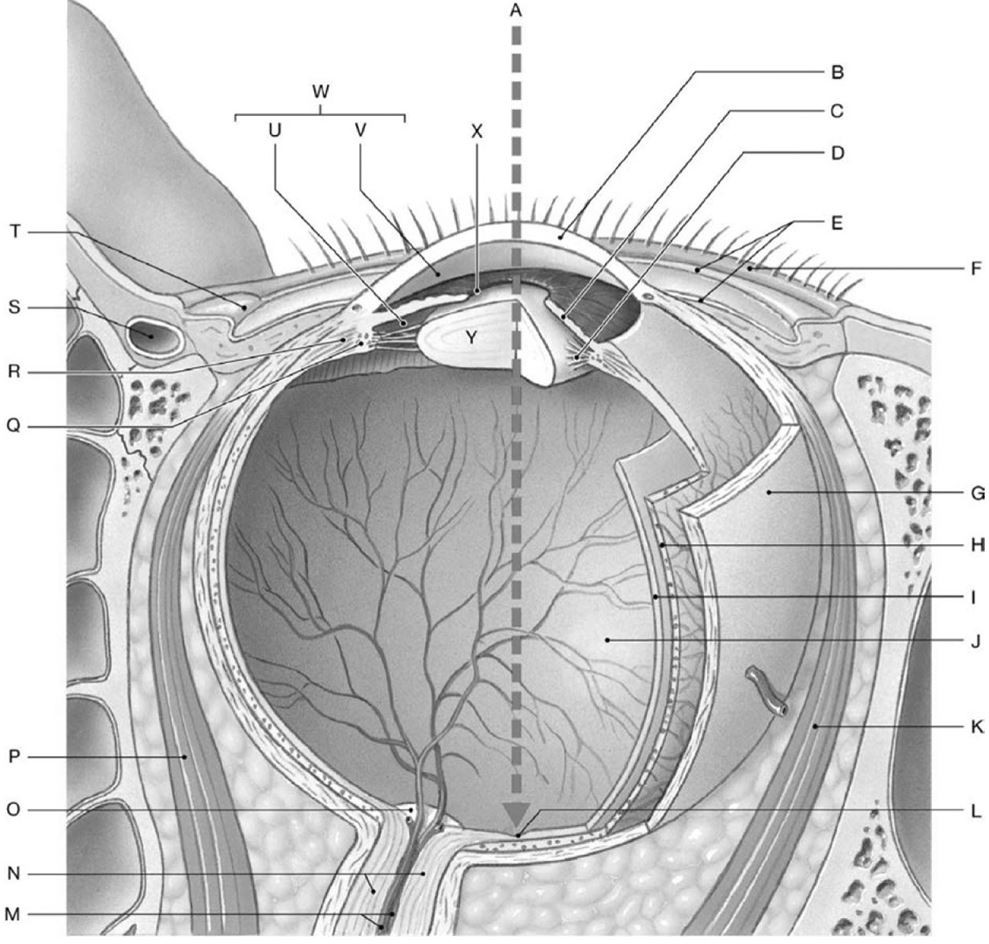The main force pushing water and solutes out of the blood across the filtration membrane is ________
A) glomerular blood pressure
B) the size of the podocytes
C) the thickness of the capillary endothelium
D) None of the listed responses is correct.
A
Explanation:
B) The size of the podocytes is not a force that pushes water and solutes across the filtration membrane.
C) The thickness of the capillary endothelium is not the force pushing water and solutes across the filtration membrane.
D) One of the listed answers is correct.
You might also like to view...
At what developmental stage do red blood cells leave the bone marrow and enter the circulating blood?
A. Erythroblast B. Precursor cell C. Reticulocyte D. Erythrocyte E. Myeloblast
Answer the following statements true (T) or false (F)
1) "One of the thickenings in the anterior aspect of the capsule surrounding the shoulder joint is the glenohumeral ligament." 2) "A ligament that originates at the base of the coracoid process and inserts on the head of the humerus is the acromioclavicular ligament." 3) "The ligament that spans the space between the coracoid process and the acromion is the coracoacromial ligament." 4) A ligament that binds the acromion to the clavicle is the coracohumeral ligament. 5) "The ligament that ties the clavicle to the coracoid process to limit the relative motion between the clavicle and scapula is the coracoclavicular ligament."
Which of the following factors aids venous return to the heart?
a. Sympathetic stimulation of capillaries b. Skeletal muscle pump squeezing blood through veins c. Respiratory pump providing a pressure gradient between the lower and chest veins d. Both a and b e. Both b and c
Structure K is the

A) lateral rectus muscle.
B) medial rectus muscle.
C) lateral oblique muscle.
D) medial oblique muscle.
E) lacrimal caruncle.